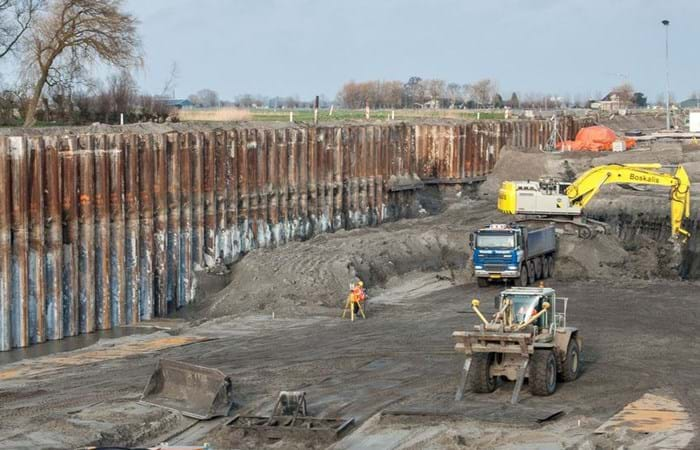Boskalis Nederland was involved in the construction of the A4 motorway from Delft to Schiedam. The client is Rijkswaterstaat. After 40 years, the construction of this final section will bring to an end the public debate about whether this new road was needed.
The A4ALL consortium submitted the best-priced tender for the design and the construction of the new motorway. The consortium developed smart design solutions that took the wishes of local residents into account. Boskalis was involved in the integral work with its partners in the A4ALL consortium, and also executed some of the concrete engineering structures and servicing work. On this assignment, the consortium complied with the Boskalis safety program, NINA. The Integral Development between Delft and Schiedam is an area-based program. At the same time as the A4 Delft-Schiedam was being built, investments have also been made in upgrading the Midden-Delfland area and the urban area between Schiedam and Vlaardingen. As well as additional nature, a range of leisure facilities will also be established.
